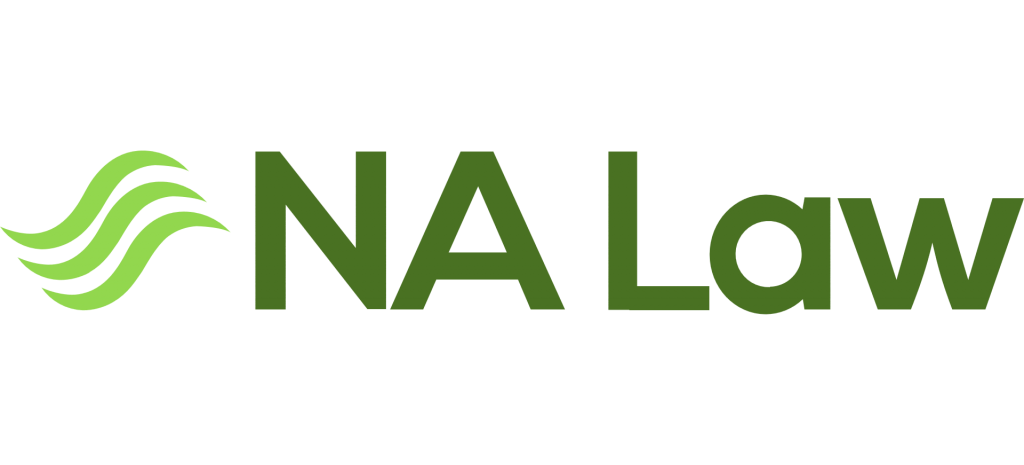Changes Under the Global Business Mobility Routes
Changes Under the Global Business Mobility Routes
The new Global Business Mobility (GBM) routes were introduced on 11 April 2022. This new category of visas has replaced and consolidated the old Intra-Company Transfer (ICT) visa, Intra-Company Graduate Trainee visa, Sole Representative of an Overseas Business visa, and the provisions for contractual service suppliers and independent professionals on the Temporary Work – International Agreement visa route. It has done so with the creation of a singular stream with five distinct visa routes.
There is a total of five GBM routes:
For an overview of the routes and their requirements, please see our page dedicated to an overview of the GBM.
By increasing the number of pathways for sending overseas workers to the UK, the changes aim to make the temporary transfer of overseas workers easier whilst at the same time facilitating overseas firms in the establishment of UK footholds. This post will outline the new changes and briefly consider what impact they may have for overseas workers and businesses alike.
The Senior or Specialist Worker Route
This replaces the Intra-Company Transfer (ICT) route and has seen the fewest changes. The requirements of the new route are essentially the same as its predecessor with a couple of minor more restrictive differences. The general salary threshold has increased from £41,500 to £42,400, these workers are no longer permitted to undertake supplementary employment (employment that is additional to their sponsored work) (unless a transitional arrangement applies) and creative sector jobs below RQF level 6 are no longer eligible for the route (unless a transitional arrangement applies).
The Graduate Trainee Route
This replaces the Intra-Company Graduate Trainee route. Again, the requirements are mostly the same. The salary threshold has been increased from £23,000 to £23,100 and Graduate Trainees are also no longer allowed to undertake supplementary employment.
However, an interesting development here is perhaps the fact that there is no longer a limit on the number of Certificates of Sponsorship (CoS) that can be assigned on this route. Under the previous rules, the maximum amount permitted was 20 per financial year. By removing the limit on CoS, the accessibility of senior management or specialist positions for recent graduates is likely to be increased. As a result, we are likely to see an increase in graduate training programmes and sponsorship license applications for this route.
The UK Expansion Worker Route
This replaces the (unsponsored) sole representative provisions of the Representative of an Overseas Business route. This route has seen perhaps the most significant changes. Most importantly, the Home Office have adopted recommendations made by the Migration Advisory Committee to enable a team of up to five workers to come to the UK under this route at any one time. This is significantly different from its predecessor which permitted only a single worker. Ultimately, the change refocuses the route to allow overseas businesses to send the number of workers they genuinely need to send in order to establish a UK presence as opposed to just a sole representative.
However, the change has not come without additional barriers and whereas the old route was an unsponsored one, the new route requires the worker to have a UK sponsor. The effect of this is that the new branch or wholly-owned subsidiary of the established overseas business will now need to become the sponsor. This creates a host of new requirements, making it all the more important for businesses to seek expert legal advice at an early stage of the expansion process.
The Service Supplier Route
This replaces the provisions for contractual service suppliers and independent professionals on the Temporary Work – International Agreement route. The new requirements here are quite similar to the previous route. The only additional requirement being that prospective sponsors must now register the details of any eligible contracts, including the details of the contracting overseas service provider, upon making the application. The benefit that comes with the new route is that sub-contracting is now expressly permitted, provided there is a clear contractual link between the sponsor, the sub-contractor and the overseas service provider. This will facilitate an influx in multi-faceted agreements and is a further attempt by the Home Office to truly modernise the Immigration Rules.
The Secondment Worker Route
This route is a completely new one. For the first-time, secondments (temporary transfers) are being facilitated in connection with high-value contracts and investments. This could be monumental in increasing overseas investment in the UK. It makes it far easier for certain overseas business to send workers to the UK for important purposes such as the overseeing of new production lines or the training of staff members. This is even more important considering the most popular previous alternative for these types of visits were visitor visas, which of course are a lot more restrictive.
How Can NA Law Solicitors Help?
Whether you’re an overseas business or individual looking to obtain a visa under the GBM routes or even a prospective UK sponsor, NA Law Solicitors is here to help.
Both applications must be carefully prepared and meet all the necessary requirements. If mistakes are made in the application process, long delays can follow and there is a high risk of the application being refused. We have a proven track record for preparing successful visa and sponsorship licence applications and will provide expert guidance for you or your organisation throughout the process.
If you require any further information on the above or are looking to make an application, please do not hesitate to get in touch for a consultation.

